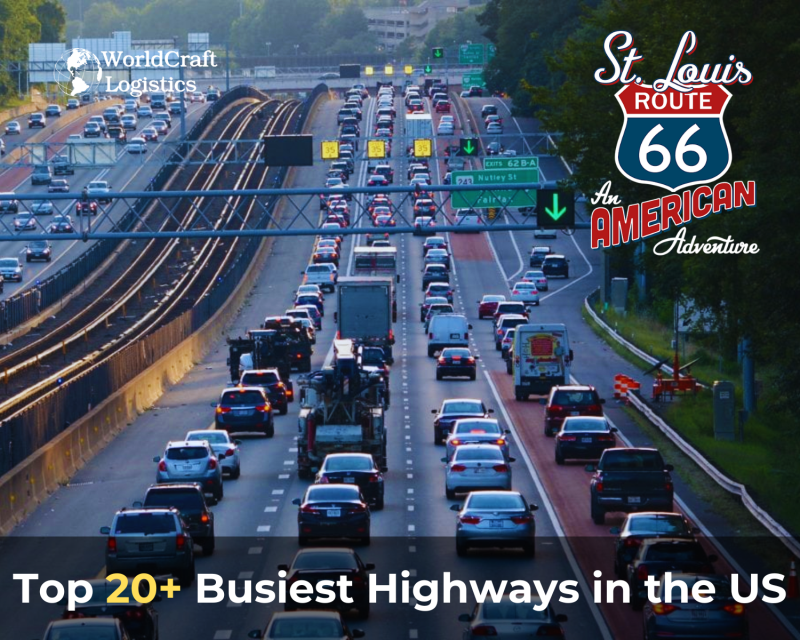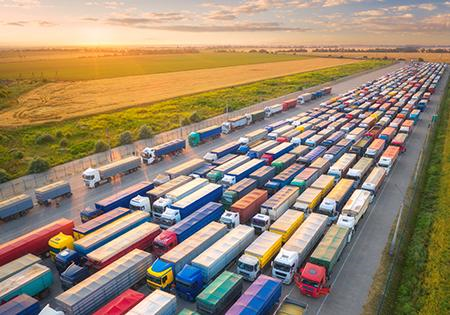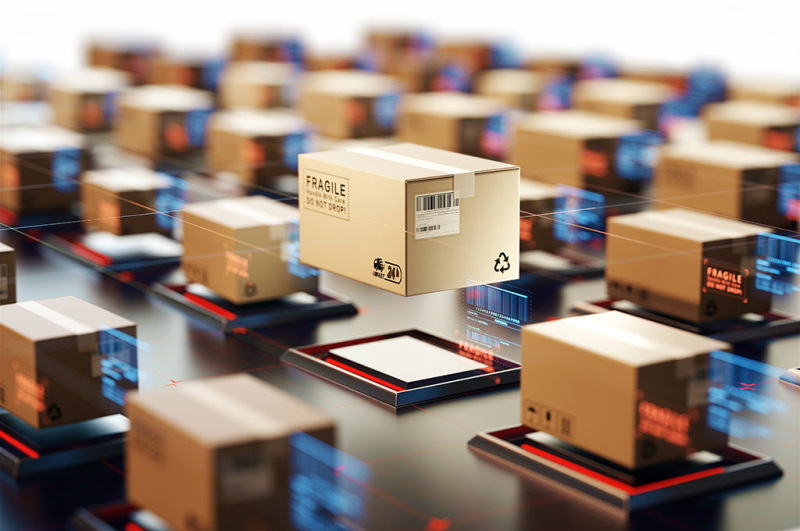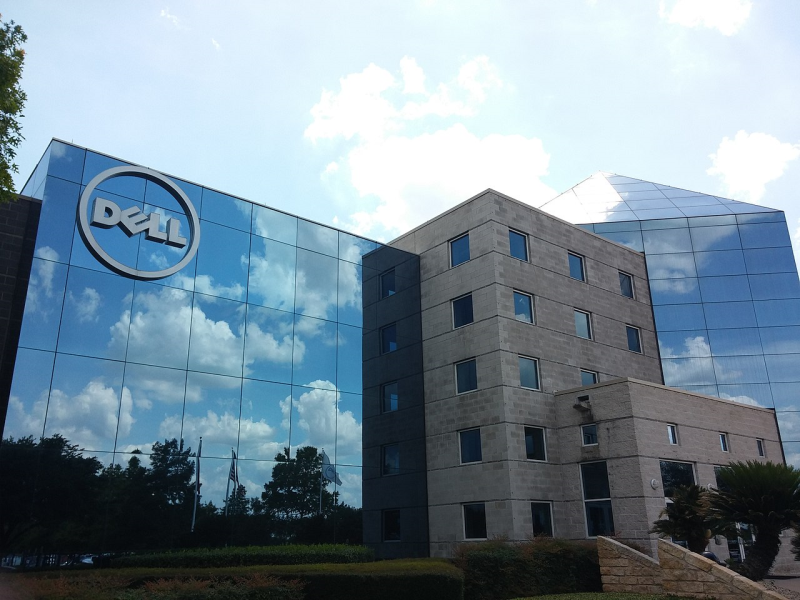
Starting June 1st, 2023 Our warehouse fee will be $0.65/cubic foot per month
In effort to lower the warehouse storage fee during inflation, we have went narrow aisle racking.This construction took us four months but the project is finally completed. With narrow aisle racking, we are able to drop storage by 24%.We as partners will go through this inflation together.
06/03/2025
Russia’s Northern Sea Route (NSR), the Arctic maritime passage stretching from the Kara Sea to the Bering Strait, is forecasted to experience a substantial surge in shipping traffic this summer. With navigation along the route open seasonally from July 1 to November 30, during periods of reduced ice cover, global shipping players are increasingly viewing the NSR as a strategic alternative to traditional corridors like the Suez Canal.
According to Rosatom, the Russian state-owned nuclear energy agency that manages the NSR and operates its nuclear-powered icebreaker fleet, the number of foreign-flagged vessels applying for NSR transit has risen sharply. As of May 27, a total of 196 vessel applications have been submitted for passage this summer season, with 30 LNG carriers already granted transit permits. This marks a 50% year-over-year increase in expected international voyages a sign of accelerating global interest.
“There is a consistent upward trend in global demand for Arctic transit via the NSR. We expect foreign vessel voyages to increase by 1.5 times in 2025 compared to 2024,” Rosatom stated in an interview with Reuters.

The NSR offers a strategically shorter route between Northern Europe and East Asia, reducing transit times by up to 40% compared to the Suez Canal. For time-sensitive cargo like LNG, containerized goods, and high-value electronics, the reduced journey time can lead to cost savings and improved supply chain efficiency.
This Arctic passage is especially attractive for countries such as China, South Korea, and Japan, which have shown growing interest in using the NSR to diversify supply chain routes amid geopolitical tensions in traditional lanes such as the Red Sea and the Strait of Hormuz.
Much of the NSR traffic continues to be driven by the export of liquefied natural gas (LNG) from Russia’s northern mega-projects, such as Yamal LNG, Arctic LNG 2, and the Ob LNG terminal. These projects are crucial to Russia’s strategy to sustain energy exports despite Western sanctions, particularly from Europe.
However, there is rising scrutiny over sanctioned vessels operating in this space. The NSR Administration reports that at least five carriers under international sanctions have been approved for transit, raising red flags about shadow fleet activities. These fleets, often registered under obscure flags and operated through shell companies, have become notorious for transporting Russian oil and gas to Asian markets despite trade restrictions.
While the NSR offers promising logistics benefits, several infrastructure and operational challenges remain:
Icebreaker Dependency: The route's viability depends on Rosatom’s nuclear icebreaker fleet, which is being expanded. Currently, Russia operates the world’s largest fleet of icebreakers, but further investment is needed to support year-round or extended seasonal navigation.
Port Infrastructure: Arctic ports such as Murmansk, Sabetta, and Dikson are being upgraded, but loading and unloading capabilities, fuel bunkering, and emergency support infrastructure still lag behind global standards.
Weather Volatility & Safety Risks: Extreme weather conditions and limited search-and-rescue facilities pose safety concerns, especially for foreign operators unfamiliar with Arctic navigation.
Environmental Concerns: The potential for oil spills and ecological damage in fragile Arctic ecosystems remains a contentious issue, with international stakeholders demanding stricter environmental controls.
As Russia increasingly promotes the NSR as a sovereign-controlled international trade corridor, its role in global maritime logistics is expanding. The Kremlin has stated ambitions to increase annual NSR cargo volumes to 80 million tons by 2026, nearly doubling current figures. In 2024, the NSR recorded an all-time high of 38 million tons, up from 35 million tons in 2023.
This push aligns with Russia’s "Pivot to Asia" strategy, which seeks to redirect energy and trade flows eastward, deepening economic ties with China and other non-Western economies.
From a logistics planning perspective, the NSR presents both opportunities and uncertainties. While it promises faster transit and reduced fuel consumption, the geopolitical risks, limited transparency, and underdeveloped support infrastructure may dissuade some global shipping lines from fully committing to the route.
*This article has been revised and adapted by the Worldcraft Logistics editorial team to provide enhanced context and insights tailored to global logistics professionals. Original content has been updated and expanded to reflect current industry developments and operational considerations.
SEO
Digital Marketing/SEO Specialist
Simon Mang is an SEO and Digital Marketing expert at Wordcraft Logistics. With many years of experience in the field of digital marketing, he has shaped and built strategies to effectively promote Wordcraft Logistics' online presence. With a deep understanding of the logistics industry, I have shared more than 500 specialized articles on many different topics.

Hot News
08/05/2024

Hot News
02/23/2023

Hot News
02/23/2023

Hot News
02/06/2023
Hot News
02/07/2023